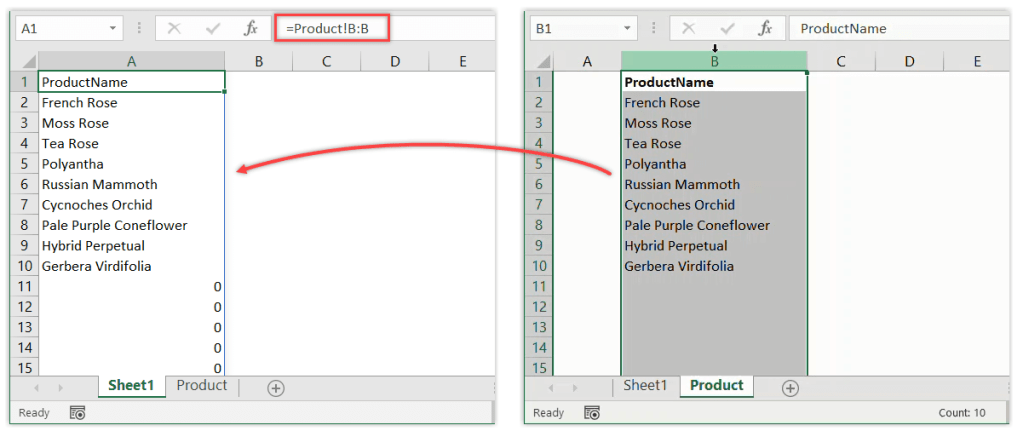5 Easy Ways to Link Excel Sheets

Working with Microsoft Excel often involves managing multiple sheets, whether you're consolidating financial data, managing inventory, or tracking project statuses. Linking Excel sheets can significantly enhance your productivity by allowing data to flow seamlessly between sheets or even across different workbooks. Here are five easy methods to link your Excel sheets:
1. Using the VLOOKUP Function

The VLOOKUP function is an excellent tool for pulling data from one sheet to another, especially when you need to look up specific data within a table.
- Procedure:
- Select the cell where you want the linked data to appear.
- Type
=VLOOKUP(). - Within the function, you’ll specify the lookup value, the range of the table array, the column index number from which to retrieve the value, and the range lookup type (TRUE for an approximate match, FALSE for an exact match).
📝 Note: VLOOKUP can only search for values in the leftmost column of the table array. If your lookup value isn't in the first column, you'll need to rearrange your data or use another method.
2. Creating External References

This method is useful when you need to link data from another workbook to the current workbook.
- Procedure:
- Click the cell where you want to place the linked data.
- Go to the cell or data range you wish to link in the other workbook.
- Copy the cell (Ctrl + C).
- Return to your original workbook, right-click on the cell where you want to link the data, and select ‘Paste Link’ from the ‘Paste Special’ options.
🔗 Note: The source workbook must be open for the link to update dynamically. If the workbook is closed, Excel will display the last known value.
3. Using HYPERLINK Function

The HYPERLINK function lets you create clickable links within your Excel sheet, useful for navigation or external references.
- Procedure:
- Select the cell where you want to create the hyperlink.
- Type
=HYPERLINK(“path_to_workbook#Sheet!Cell”,“Link Text”)where “path_to_workbook” is the full path to the file, #Sheet! is the sheet name, and Cell is the specific cell or range.
4. Cell References for Dynamic Linking

This is the simplest way to link sheets within the same workbook by directly referencing cells.
- Procedure:
- In the cell where you want to show the data, start typing the equal sign (=).
- Switch to the sheet where the source data is located, click on the cell you want to link.
- Press Enter, and the cell will display the value from the linked cell.
5. Using Named Ranges

Named ranges make your formulas easier to understand and manage, especially when linking cells across different sheets or workbooks.
- Procedure:
- Select the range you want to name.
- Go to Formulas > Define Name.
- Enter a name for the range, and click OK.
- In the destination sheet, type
=Nameto reference the named range.
In conclusion, linking Excel sheets offers a streamlined approach to data management, enabling dynamic updates and enhancing data organization. By utilizing functions like VLOOKUP, creating external references, employing the HYPERLINK function, using direct cell references, or managing named ranges, you can make your spreadsheets work smarter, not harder. Each method has its unique benefits, allowing you to tailor your linking strategy to your specific needs.
What is the advantage of using named ranges over cell references?

+
Named ranges make formulas more readable and are easier to manage across multiple sheets or workbooks. They also dynamically update if you change the range, making maintenance simpler.
Can I link to a cell in another workbook that is closed?

+
Yes, you can, but Excel will only display the last known value of the linked cell from when the workbook was last open. It won’t update dynamically unless you open the source workbook.
How can I prevent links from breaking if I rename or move sheets?

+
To prevent links from breaking, use named ranges or references that include the workbook’s full path. Renaming sheets can still break links, so consider renaming in a way that minimizes impact on linked formulas.



